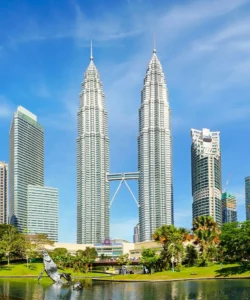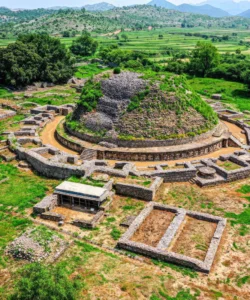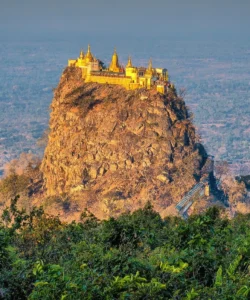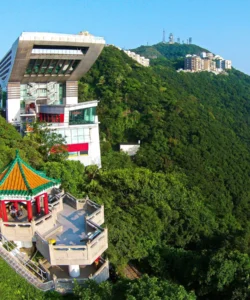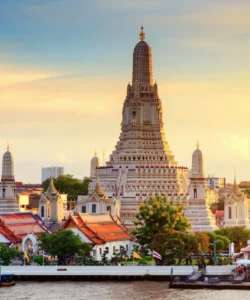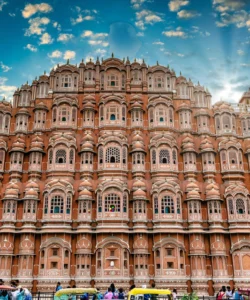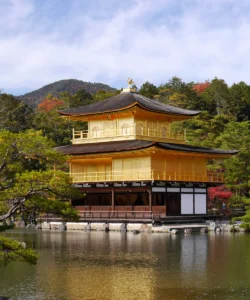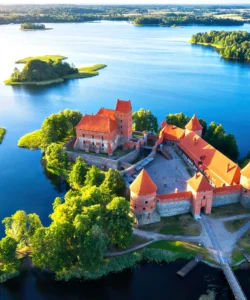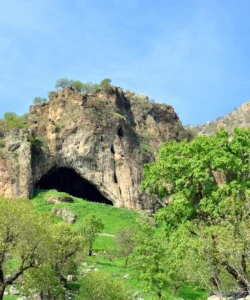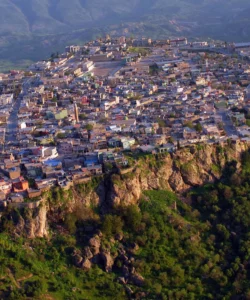Persepolis, meaning “the city of the Persians” in Greek, is a magnificent archaeological site in southwestern Iran, and it served as the ceremonial capital of the Achaemenid Persian Empire. Renowned as a masterpiece of ancient architecture, art, and urban planning, its ruins offer a spectacular window into one of the world’s greatest civilizations.
Name: Persepolis (Old Persian: Pārsa; Modern Persian: تخت جمشید, Takht-e Jamshīd, “Throne of Jamshid”)
Address: The ruins are located in the Marvdasht plain, near the foot of the Kuh-e Rahmat (Mountain of Mercy) in Fars province, Iran, approximately 50 kilometers (31 miles) northeast of Shiraz.
How to Get There:
Persepolis is one of Iran’s most famous and well-maintained tourist attractions.
- By Air: The closest major airport is Shiraz International Airport (SYZ). From Shiraz, a taxi or private tour can be arranged to take you to the site, which is about a one-hour drive.
- By Road: From Shiraz, it is a straightforward drive along a well-maintained road. Organized tours are readily available and highly recommended.
- On-Site: The ruins are situated on a massive, raised terrace. Visitors should be prepared for a significant amount of walking over uneven terrain.
Landscape and Architecture:
The architectural wonder of Persepolis is its harmonious blend of styles from across the vast Achaemenid Empire, all executed on a monumental scale.
- UNESCO World Heritage Site: Persepolis was inscribed on the UNESCO World Heritage List in 1979, recognizing its outstanding universal value.
- The Persepolis Terrace: The entire complex is built on a massive, partially artificial stone terrace. Begun by Darius I around 518 BCE, this immense platform served as a blank canvas for the ceremonial city.
- The Apadana Palace: This was the largest and most important palace at Persepolis, a colossal audience hall with a roof supported by 72 magnificent, slender columns, some of which still stand today. The most famous feature of the Apadana is its monumental staircases, whose walls are covered with intricate bas-reliefs depicting delegations from all 23 subject nations of the empire bringing tribute to the king.
- The Gate of All Nations: Built by Xerxes I, this grand entrance to the terrace was a monumental gateway flanked by enormous statues of winged bulls with human heads, known as lamassu, a style inspired by Assyrian art.
- The Hall of a Hundred Columns: The second-largest building on the terrace, this hall was used for official functions and ceremonies. As its name suggests, its roof was supported by one hundred stone columns.
- Tachara Palace: Known as the “Winter Palace,” this was the private palace of Darius I. Its polished stone walls and elaborate reliefs are particularly well-preserved.
- Artistic Synthesis: The architecture and art of Persepolis are a fusion of various styles—Persian, Median, Mesopotamian, Egyptian, and Greek. This eclecticism, combined with a uniquely Persian style, is a testament to the Achaemenid policy of cultural tolerance and a reflection of the empire’s vast reach.
What Makes It Famous:
- Achaemenid Empire’s Ceremonial Capital: Persepolis is famous for its role as the ceremonial capital of the Achaemenid Empire, the first great Persian empire. While not the administrative capital, it was the showplace and center for the celebration of Nowruz (the Persian New Year) and for royal receptions.
- A Showcase of Imperial Power and Tolerance: The city’s stunning reliefs, particularly those on the Apadana, which depict representatives from across the empire in peaceful procession, are famous as a powerful display of both the Achaemenid kings’ absolute authority and their policy of cultural tolerance.
- Architectural Innovation: Persepolis is celebrated for its unique architecture, especially its use of tall, slender stone columns with magnificent capitals (often featuring the forequarters of two bulls), which allowed for the creation of vast, open halls.
- Destruction by Alexander the Great: The city’s tragic and dramatic end is a key part of its story. Persepolis was looted and famously burned to the ground by Alexander the Great’s army in 330 BCE, an act of revenge for the Persian invasion of Greece more than a century earlier.
- Symbol of Iranian Identity: For Iranians, Persepolis is a profound symbol of their ancient history, grandeur, and cultural continuity.
Differences from Some Other Wonders:
- A Ceremonial, Not Administrative, City: Unlike cities like Babylon, which were bustling urban centers, Persepolis was primarily a ceremonial site and royal residence used for specific events. This focused purpose is a key aspect of its identity.
- Unique Artistic Style: While other sites borrow from different cultures, the art and architecture of Persepolis are a conscious synthesis of various imperial styles, creating a unique and coherent “Achaemenid” style. The famous reliefs of the Apadana have no equivalent in terms of their depiction of a peaceful and unified empire.
- An “Intentional” Ruin: While many ruins have decayed over time, Persepolis’s demise was a specific, violent act of destruction. The burn marks and scattered remnants tell a powerful story of political conquest.
- Focus on a Golden Age: The site is a snapshot of the height of the Achaemenid Empire, a “golden age” that lasted for a relatively short but brilliant period before its dramatic end.
Persepolis Photos:
































